As America moves deeper into the 21st century, experts are warning that some of its most famous cities could face serious livability challenges by 2040. Climate change, rising temperatures, flooding, and failing infrastructure are converging in ways that may make certain regions nearly impossible to inhabit. While total abandonment is unlikely, the combination of environmental stress and economic strain could make life in these cities far more difficult than most Americans can imagine.
1. New Orleans, Louisiana
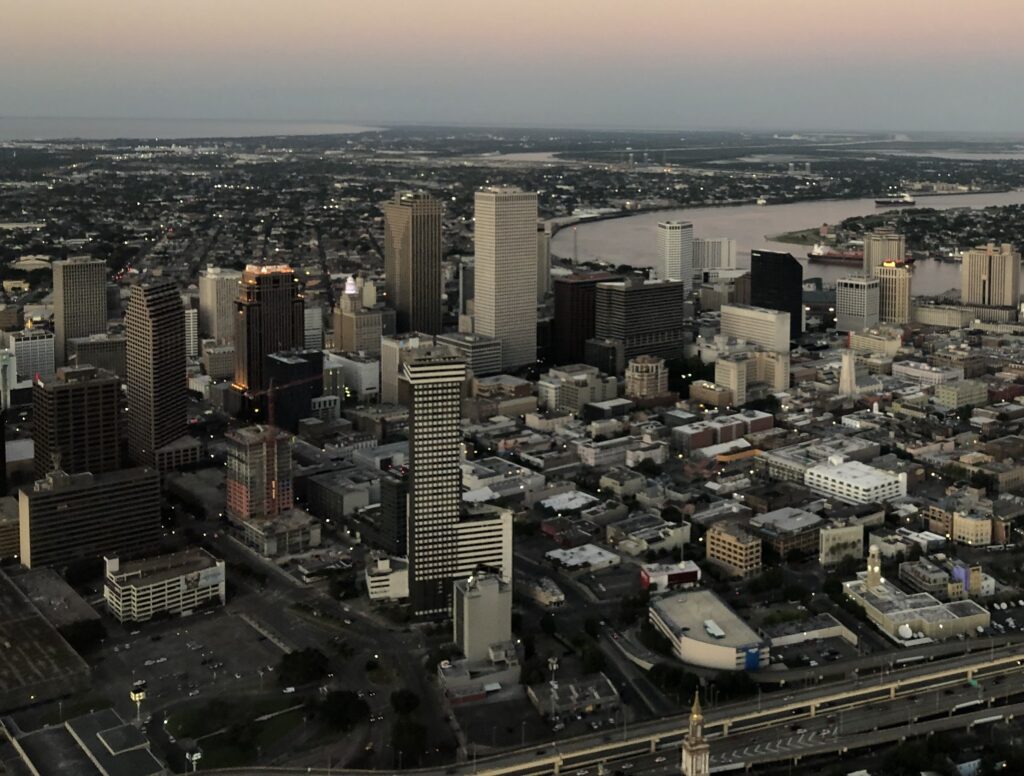
Founded in 1718 by French settlers, New Orleans has always lived in a delicate balance with water. Much of the city sits below sea level, protected only by levees and pumps that date back decades. Experts warn that by 2040, increasing storm surges, rising seas, and land subsidence could overwhelm its defenses. The cost of maintaining infrastructure might outweigh the benefits, potentially forcing residents to migrate as portions of the city sink and recurrent flooding becomes unmanageable.
2. Miami, Florida
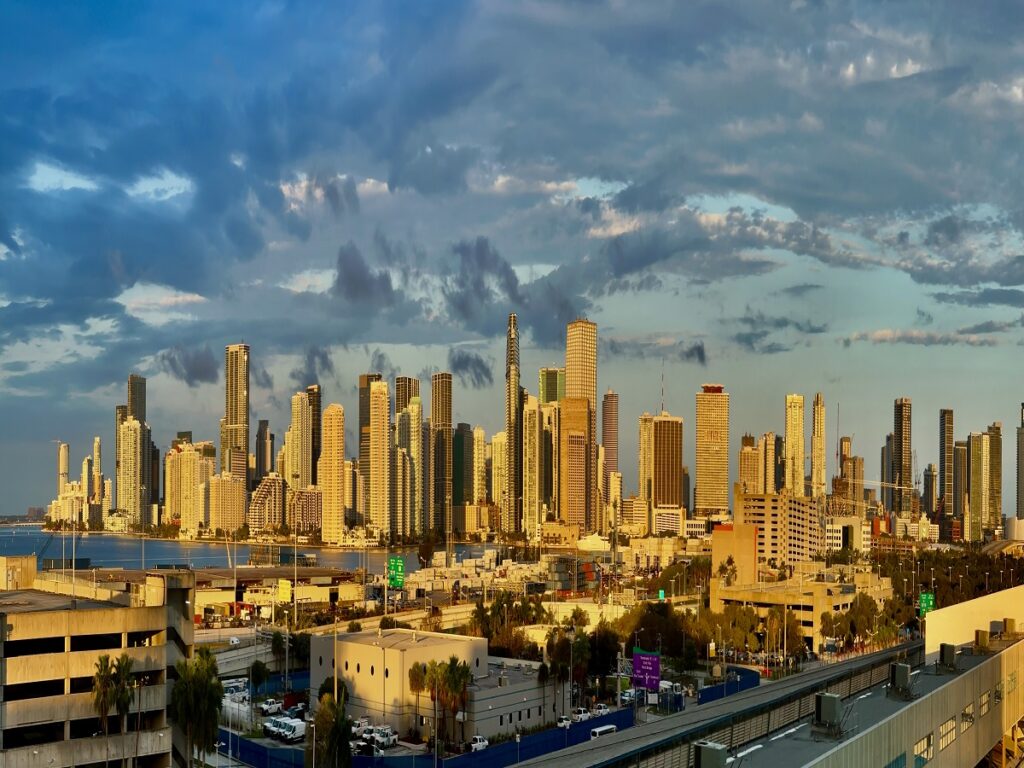
Incorporated in 1896, Miami’s sunny image conceals a growing environmental crisis. Built on porous limestone, the city’s ground allows seawater to rise from below, flooding streets even on dry days. Scientists predict that within two decades, routine tidal flooding could make large areas uninhabitable. As sea levels climb and saltwater contaminates freshwater supplies, experts fear that the financial burden of constant adaptation will eventually exceed what local residents and governments can sustain.
3. Phoenix, Arizona
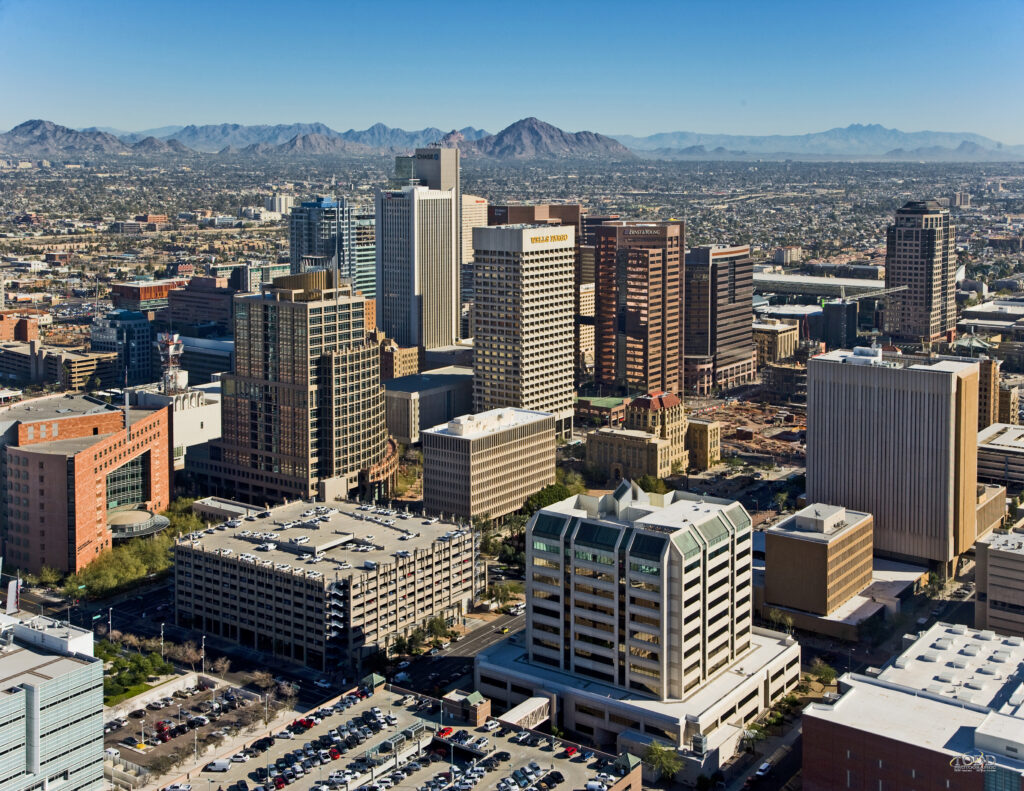
Phoenix was incorporated in 1881, rising from a desert settlement into one of America’s largest metropolitan areas. However, its rapid growth is colliding with nature’s limits. The city already faces relentless heat waves, sometimes exceeding 110°F, and depends heavily on the dwindling Colorado River for water. Experts believe that by 2040, soaring temperatures combined with severe drought could make Phoenix nearly unbearable without massive investments in water conservation, shading, and cooling infrastructure.
4. Chicago, Illinois
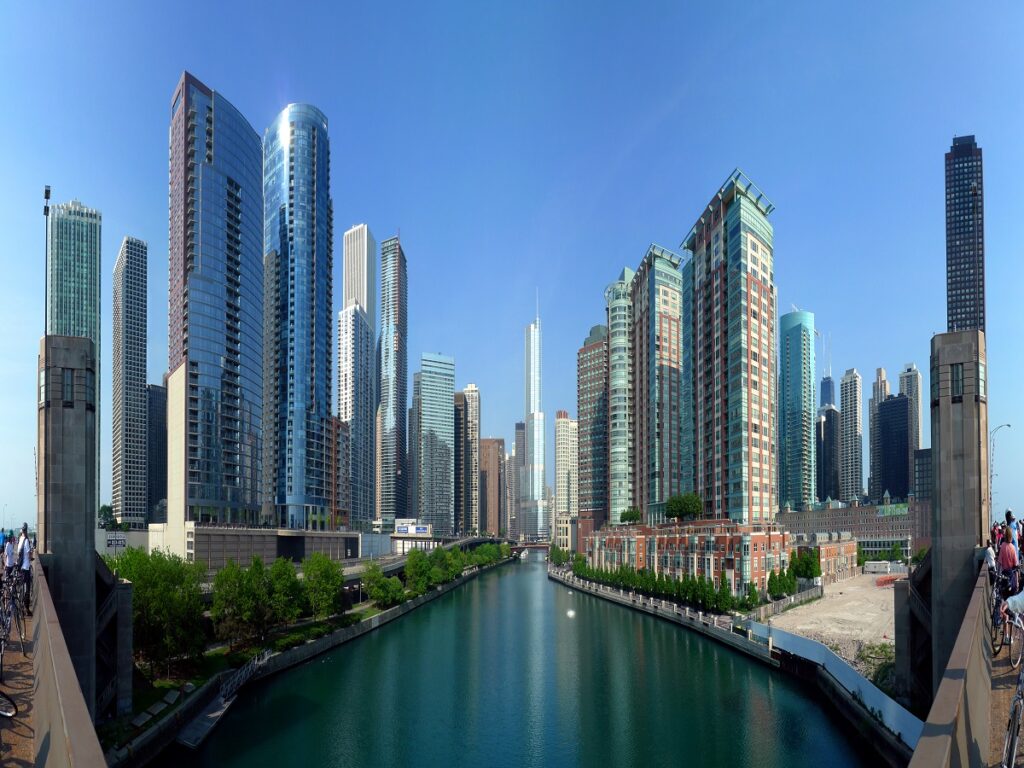
Established in 1837, Chicago became a symbol of industrial progress on the shores of Lake Michigan. Yet, as the climate shifts, the city faces new forms of environmental stress. Extreme rainfall events are straining drainage systems, while heat waves threaten residents unaccustomed to southern-style temperatures. Aging infrastructure and economic inequality could compound these effects. By 2040, experts fear that parts of Chicago may struggle with frequent flooding and rising maintenance costs that test its resilience.
5. Las Vegas, Nevada
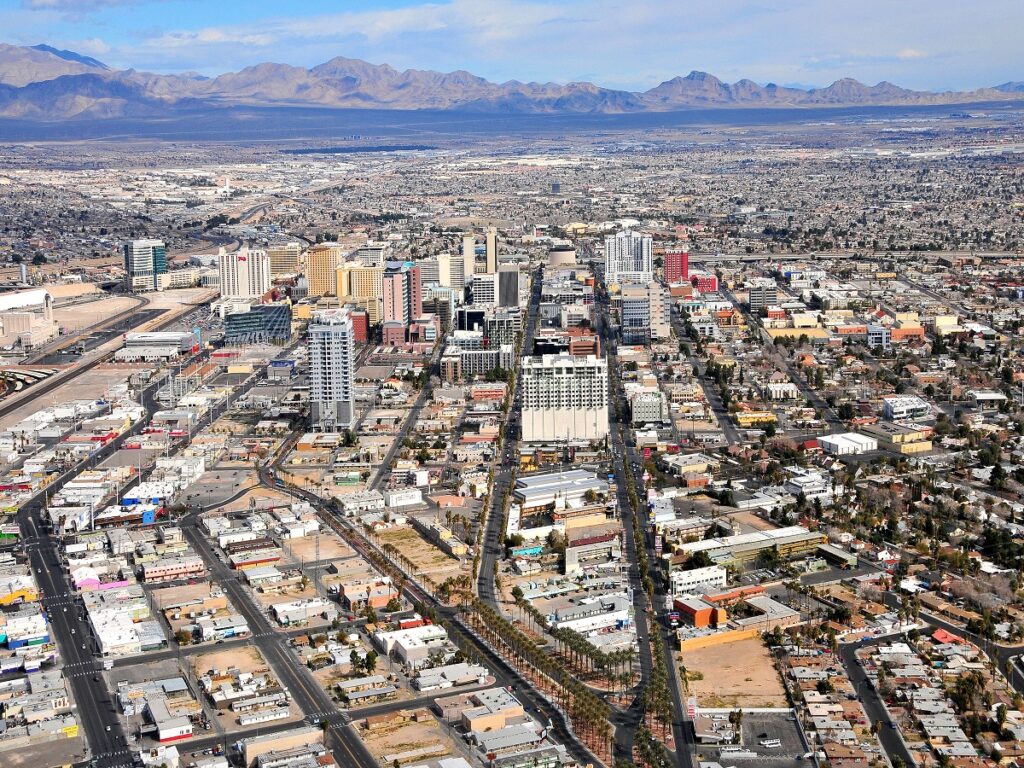
Founded officially in 1905 and incorporated in 1911, Las Vegas was built as a desert oasis powered by the Hoover Dam and the Colorado River. But that river is drying up, and the city’s population keeps expanding. With record-breaking temperatures and an ever-decreasing water supply, Las Vegas could face a harsh reckoning by 2040. Experts suggest that unless water use and growth are drastically curtailed, its current model of luxury living in the desert may become unsustainable.
6. Anchorage, Alaska
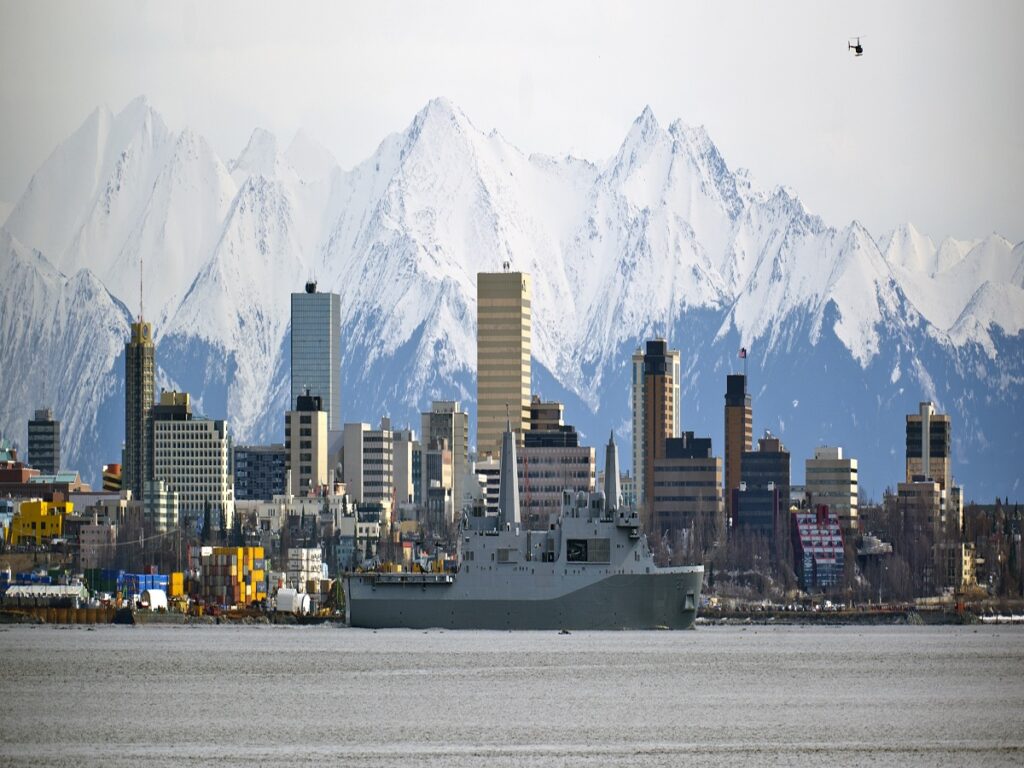
Anchorage began as a railroad construction site in 1914 and grew into Alaska’s largest city. Today, it sits at the forefront of climate change impacts. Permafrost beneath roads and buildings is thawing, causing structural instability, while coastal erosion threatens entire neighborhoods. The melting of sea ice is also reshaping local ecosystems and transportation routes. By 2040, the cumulative damage from warming could render parts of Anchorage costly to maintain and difficult to inhabit year-round.
7. Houston, Texas
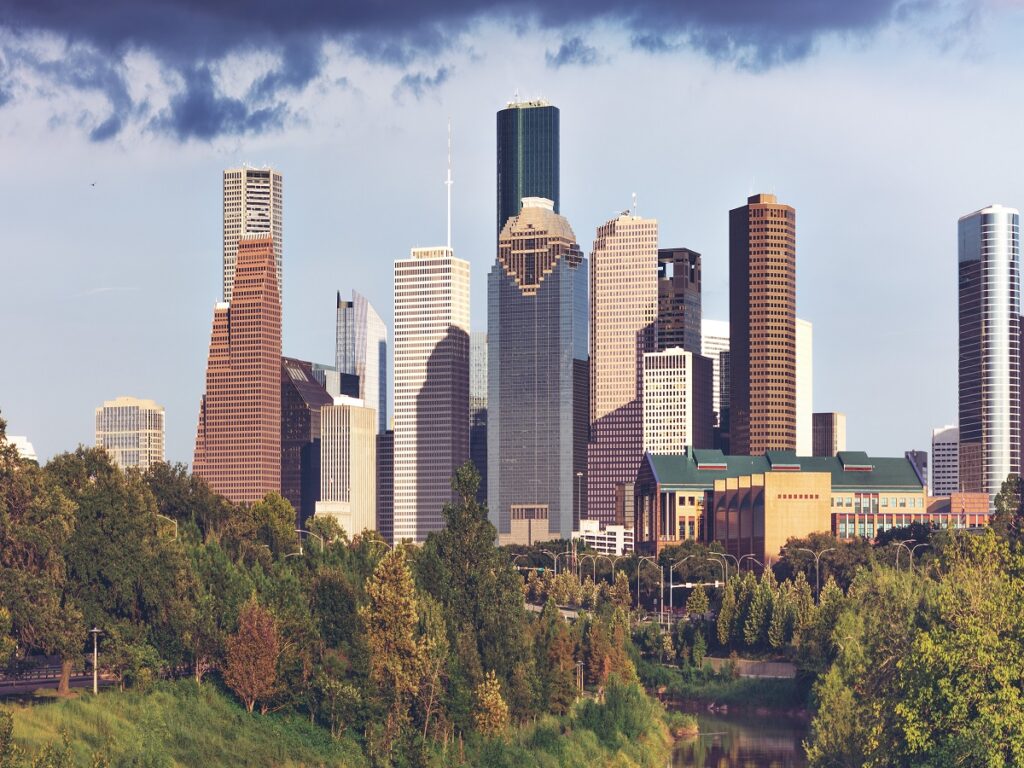
Established in 1837, Houston has long been a powerhouse of industry and energy. However, its low elevation, coupled with rapid urban development, makes it highly vulnerable to floods and hurricanes. The city has endured multiple “500-year storms” within just a decade. Experts predict that by 2040, continuous flooding, subsidence, and rising heat could strain its infrastructure beyond repair. Without major investments in drainage and urban planning, living comfortably here may become a luxury few can afford.
8. Charleston, South Carolina
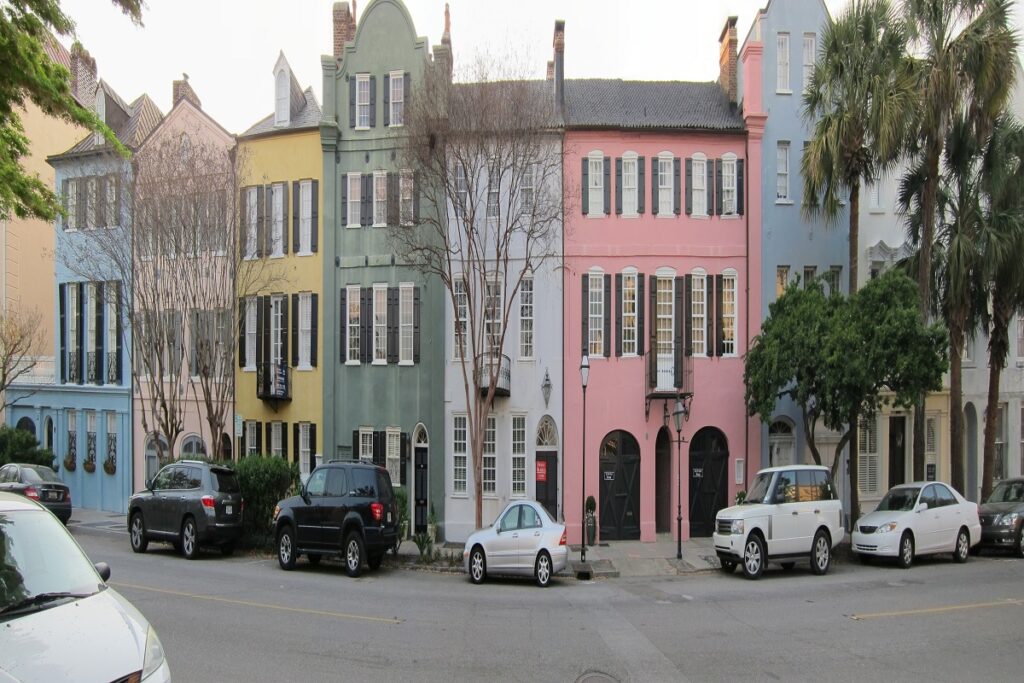
Founded in 1670 and incorporated in 1783, Charleston is one of the oldest cities in the United States and a showcase of colonial architecture. Yet its beauty hides serious vulnerability. Sitting barely above sea level, it already experiences chronic flooding during high tides. By 2040, rising seas and intensifying storms could place its historic downtown and surrounding communities at constant risk. The cost of preservation and protection may become too high for the city to sustain indefinitely.
9. New York City, New York
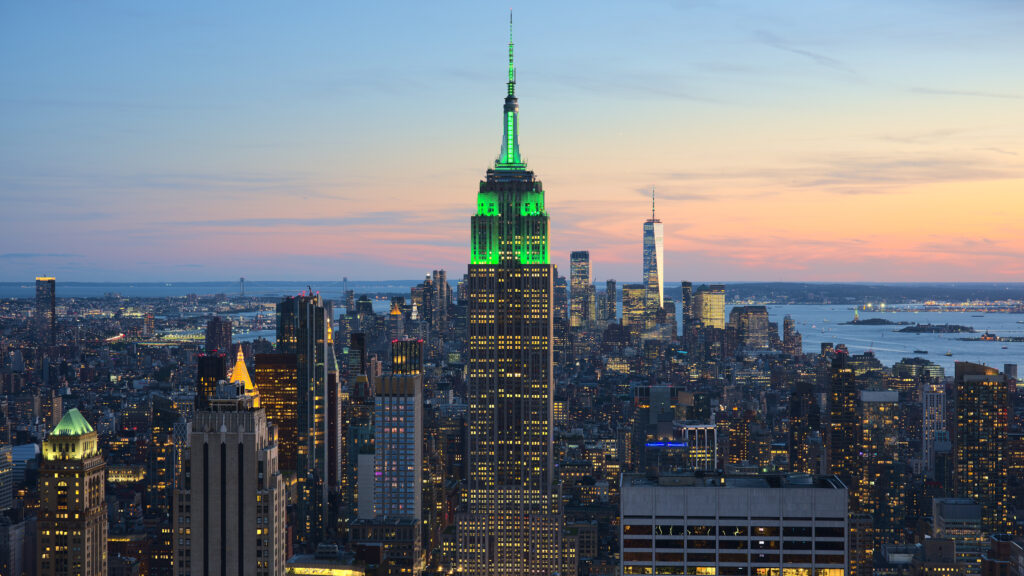
Though consolidated in 1898, New York City’s roots stretch back to the 1600s. It’s a global icon built at the edge of the Atlantic, making it particularly susceptible to coastal flooding and rising sea levels. Experts warn that much of its infrastructure, from subway tunnels to power grids, was never designed for the frequency of severe storms expected by 2040. Unless major climate adaptation projects succeed, parts of the city could become prohibitively expensive or unsafe to maintain.
Comments